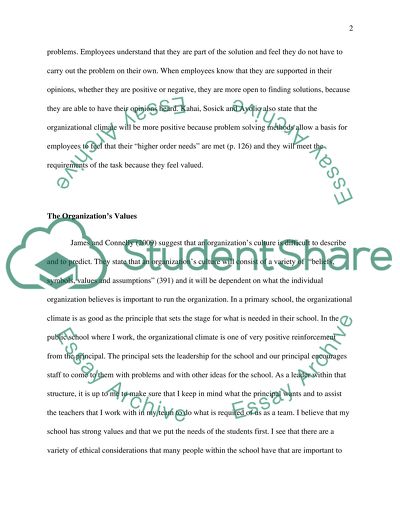Cite this document
(A Culture of Professionalism and Mutual Trust Assignment Example | Topics and Well Written Essays - 3250 words - 1, n.d.)
A Culture of Professionalism and Mutual Trust Assignment Example | Topics and Well Written Essays - 3250 words - 1. https://studentshare.org/visual-arts-film-studies/1424417-a-culture-of-professionalism-and-mutual-trust
A Culture of Professionalism and Mutual Trust Assignment Example | Topics and Well Written Essays - 3250 words - 1. https://studentshare.org/visual-arts-film-studies/1424417-a-culture-of-professionalism-and-mutual-trust
(A Culture of Professionalism and Mutual Trust Assignment Example | Topics and Well Written Essays - 3250 Words - 1)
A Culture of Professionalism and Mutual Trust Assignment Example | Topics and Well Written Essays - 3250 Words - 1. https://studentshare.org/visual-arts-film-studies/1424417-a-culture-of-professionalism-and-mutual-trust.
A Culture of Professionalism and Mutual Trust Assignment Example | Topics and Well Written Essays - 3250 Words - 1. https://studentshare.org/visual-arts-film-studies/1424417-a-culture-of-professionalism-and-mutual-trust.
“A Culture of Professionalism and Mutual Trust Assignment Example | Topics and Well Written Essays - 3250 Words - 1”. https://studentshare.org/visual-arts-film-studies/1424417-a-culture-of-professionalism-and-mutual-trust.


